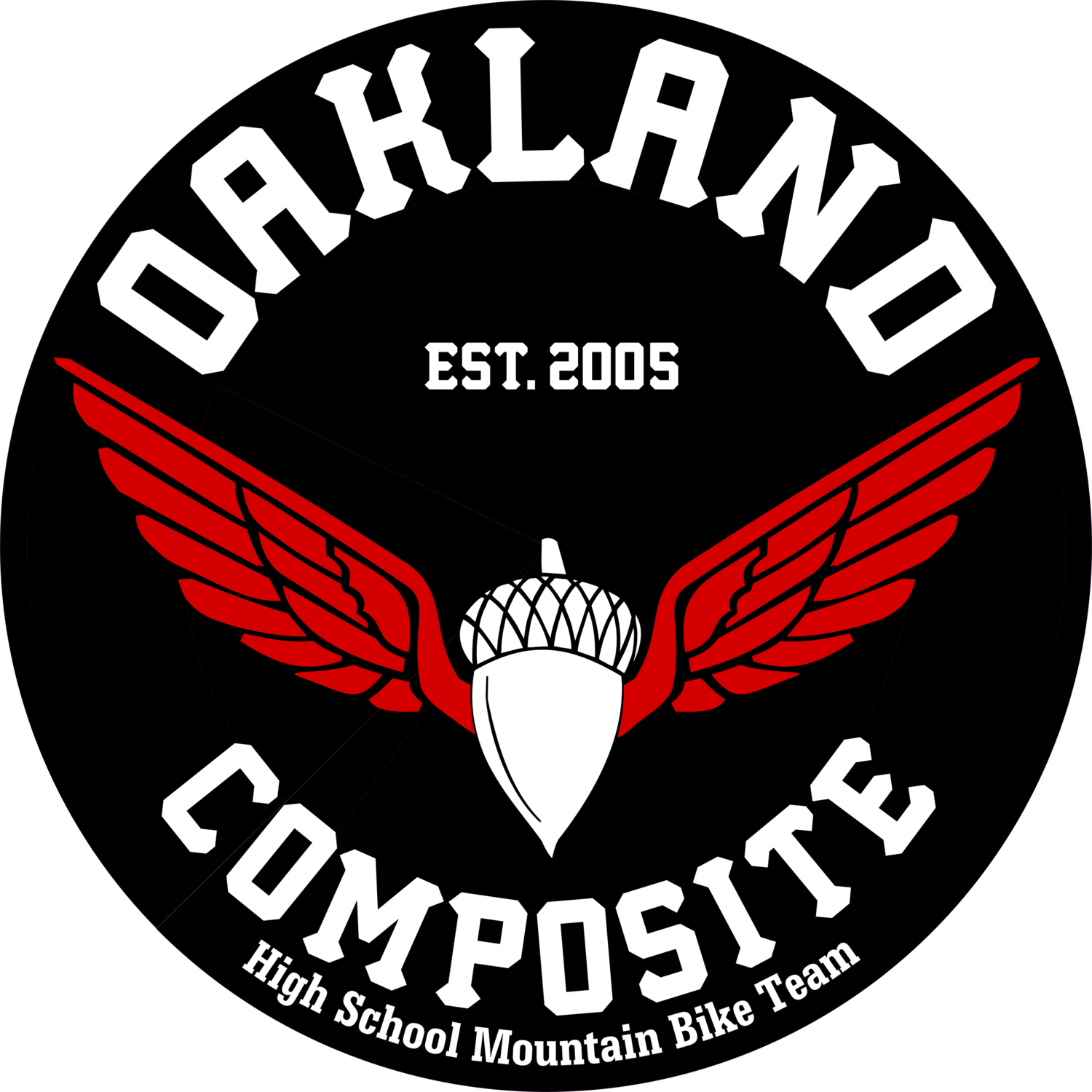What equipment do I need to get started?
A mountain bike in safe, working order is critical. We can help you with bike shop and mechanical support and resources to make sure bike is safely ready to ride. If you don’t have a bike, we can help you get one through discount programs with our NorCal and bike shop sponsors, and possibly through our fleet of loaner bicycles. See additional info below about purchasing a bike.
A helmet.
Full finger gloves. Full finger gloves are a must. Accidents happen and the first thing that usually makes contact with the ground, a rock, or a tree are hands. When they’re not protected, they’re usually scuffed up pretty badly. So, cover those digits.
Padded bike shorts. Our rides can last 3-4 hours. Imagine sitting on your bum pedaling that long without padded shorts. Not having padded shorts is one way to make sure your kid doesn’t like ridding bikes. So, protect those precious bums.
Breathable shirt and lightweight cycling jacket. Working out in cotton clothes will cause your kid to overheat. Look into non-cotton or a cotton blend shirt (short and long sleeve) that they’ll be comfortable in. Nothing fancy. Target and Old Navy sells good quality workout shirts.
A simple bike multi-tool. Not required, but later in the season, we’ll be teaching the kids how to maintain their own bike. Including how to patch or change the tube in the tire if they get a flat, and other simple bike maintenance tasks.
A spare tube. Our coaches typically carry spare tubes or patch kits with them, but teaching your kid to carry their own is a good thing. Besides, it would really suck if they had to walk their bike back a few miles because they didn’t bring a spare tube.
Hydration pack or water bottle. We’ll get into this more on the Ride Nutrition page, but a CamelBak or the like is a good investment.
A lot of these items can be purchased on Amazon for much cheaper than you’ll get them in a retail store. For example, I’ve purchased full finger mountain biking gloves from Amazon for my kids for less than $10. One thing you won’t want to skimp on is a helmet. Concussions are very real. Get a decent helmet. Expect to spend $40+ for a good helmet. Another good online retailer to look at is Jenson USA.
What kind of bike do I need?
There are two common divisions of mountain bikes; full-suspension and hard-tail. A full-suspension bike has a rear shock, and the frame is made of pieces which move on pivots. Full-suspension bikes can have lots of travel, and be more for going fast downhill, or have short travel, and before more cross-country use. A full-suspension bike with lots of travel is going to be pretty fun, but it's also going to be heavier, and will require more maintenance. (The pivots and rear shock need to be serviced once or twice a year.) Depending on how much it's designed to be fun going downhill, it may be less fun going uphill. For cross-country racing, which involves climbing and descending hills well, it's hard to beat a "hard-tail" (no rear suspension) bike. We like 29" wheels (the bigger wheel size) for medium-to-tall kids, and 27.5" wheels (the next wheel size down) for small-to-medium kids. For the race courses and training rides we'll do, a hard-tail 29er is optimal. It's also really good for most Bay Area terrain. You don't really need a full-suspension bike around here, but the faster you go downhill, the more fun they are. There are some trails that reward them. Many of our kids have them for a second bike, some race on them. A "cross-country" bike is best for our sport, whether full-suspension or hard-tail.
Check out our Purchasing a bike Page.
Where should I get a bike?
National Interscholastic Cycling Association offers all student athletes and coaches discounts from sponsers.
Local Bike Shops:
We encourage families to shop local.
How much bike maintenance is required?
Certain things wear out and need replacing: chains, brake pads, cables, and tires. Regular tune-ups for suspension, drivetrain, and brakes are important. At many local bike stores you will receive NICA discount on bike parts.

